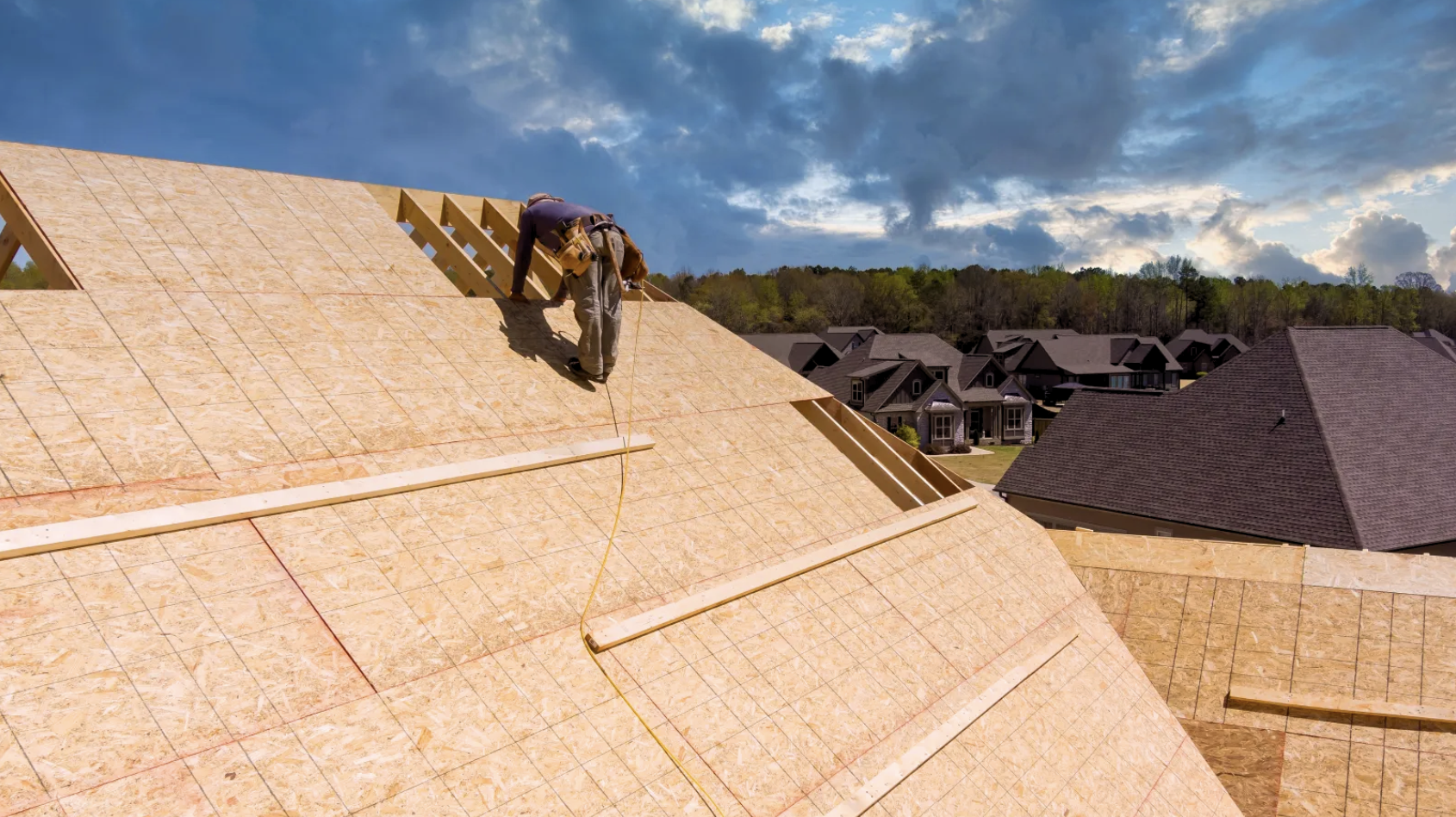When I first helped a friend replace their old roof, I thought the biggest decisions would be about shingles or color.
But once we tore off the top layer, I saw just how important the stuff underneath really was. The roof sheathing was soft, sagging, and even moldy in spots, and none of us had noticed from the outside.
That’s when I realized how often this part of the roof gets overlooked.
In this blog, I’ll explain:
- What roof sheathing is
- The different types you might run into
- Why it matters more than you’d think
- And how to tell if yours needs attention
Let’s get started!
What Is Roof Sheathing?
When I talk to homeowners about their roof, most of them don’t think about the layer under the shingles.
That layer is called roof sheathing, and it’s a big deal. It’s also known as roof decking, and both terms mean the same thing.
This is the flat surface that sits right on top of your rafters and below your shingles. It’s usually made of plywood or OSB (oriented strand board).
The sheathing acts like a base that holds your roofing materials in place. It gives support, keeps everything tied together, and helps protect against moisture.
Without solid sheathing, your roof wouldn’t be strong or safe. It also gives your roofer something to nail shingles into.
So, while it’s out of sight, it plays a big role in your roof’s structure. If you’re getting a new roof, it’s good to know what’s under the surface.
Types of Roof Sheathing Materials
The truth is, the material you pick matters, both for your budget and for how long your roof lasts. Let me walk you through the most common options and when each one might be the right choice for your home.
1. Plywood
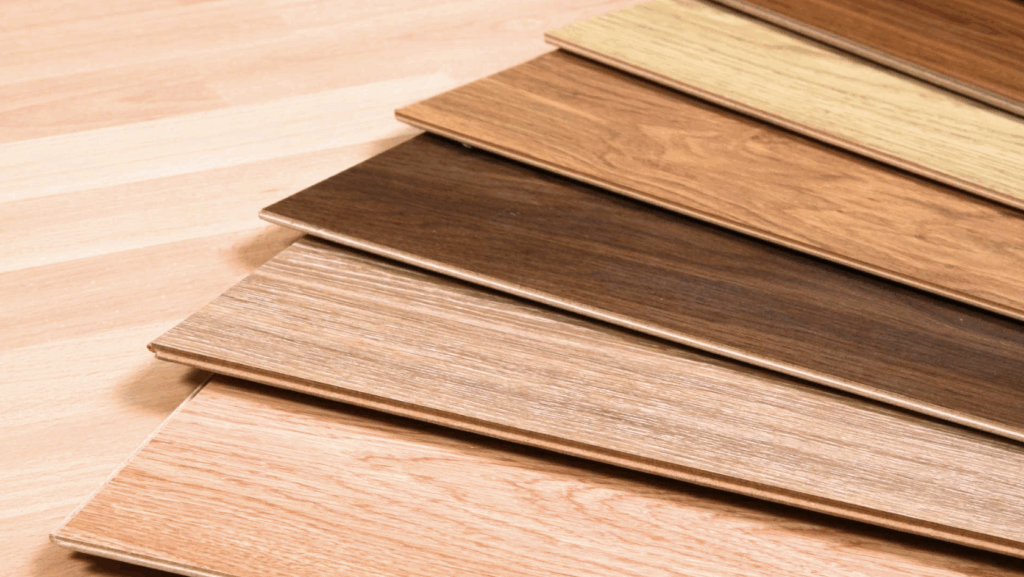
Plywood is the strong, reliable choice that’s been used for decades. It holds up well to heavy loads like snow and people walking on the roof.
I usually recommend plywood if you’re looking for durability and don’t mind spending a bit more. It resists moisture better than some other options, which helps it stay solid over time.
For most homes, 1/2-inch plywood works well, but in high-wind or heavy-snow areas, you might want 5/8-inch.
2. OSB (Oriented Strand Board)
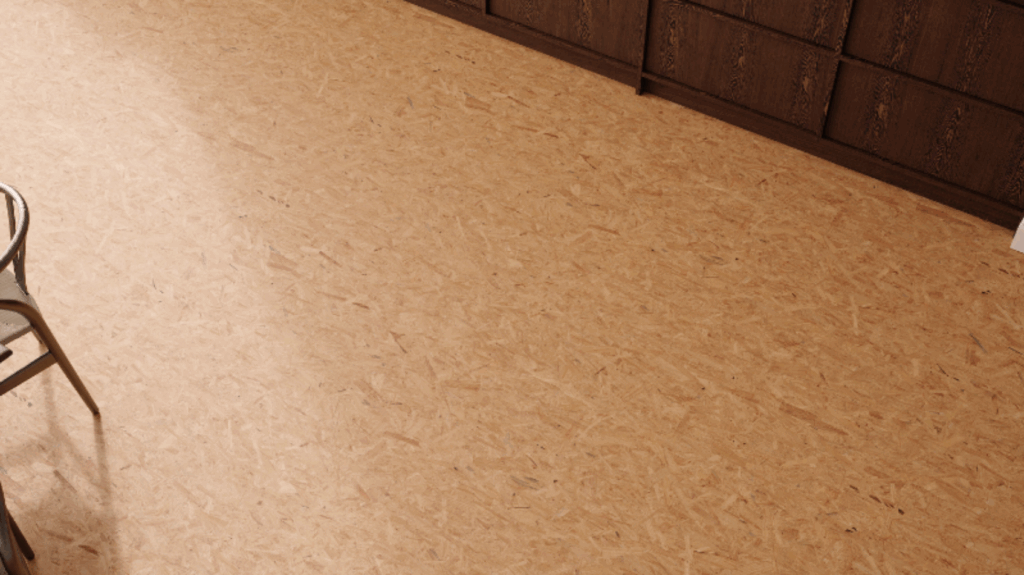
OSB is what you’ll see on a lot of newer builds. It’s cheaper than plywood and still does the job in most places. I’ve used OSB on garage roofs and rental homes where the budget was tighter.
It’s made of wood chips and glue, which keeps the cost down.
Just know that OSB can soak up water quicker than plywood, so if your area gets a lot of rain, you’ll want to be sure it’s sealed up right.
3. Tongue-And-Groove Boards
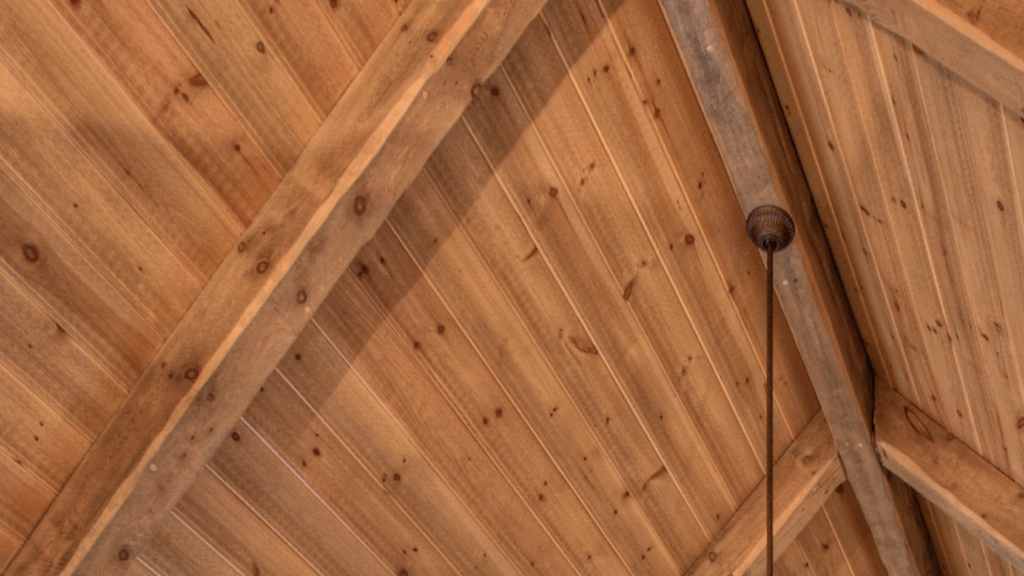
You’ll find these on older homes or cabins, places built before plywood and OSB took over. The boards lock together like puzzle pieces, giving a solid surface.
I’ve only seen these used in special cases, like historic homes where people want to keep things looking original. They’re sturdy, but they cost more and take longer to install.
4. Modern Alternatives
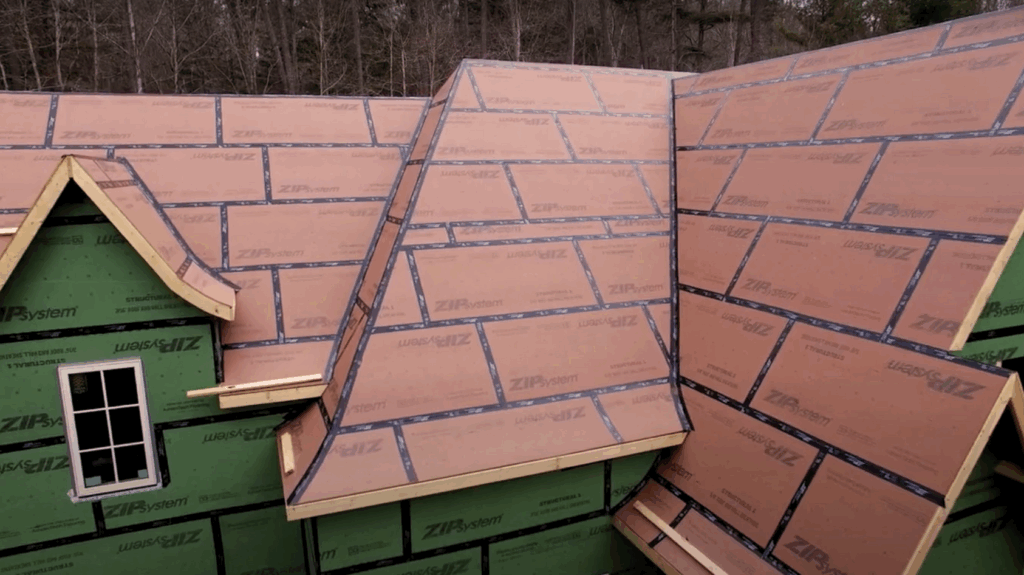
New systems like ZIP panels and insulated roof boards are showing up more often. ZIP panels come with a water-resistant layer already built in, which saves time during installation.
I’ve used them on projects where we wanted to get the house “dried in” fast.
Insulated panels add a layer of foam between the sheathing, which helps with energy bills, especially in hot or cold climates.
These are great if you’re doing a custom build or major upgrade.
Why Roof Sheathing Is Important?
Before I worked on my first roof job, I didn’t give roof sheathing much thought. But once I saw how everything is built layer by layer, it made sense why this one matters so much.
1. Structural Support for Shingles, Snow, and Wind
Roof sheathing gives your roof the solid base it needs to stay in place. It holds up the weight of shingles and helps support snow buildup in winter.
In windy areas, it keeps the roof from flexing or shifting too much. Without it, your roof wouldn’t have the strength to last.
2. Holding Everything Together
The sheathing is what roofers nail the shingles into. If the boards are soft or damaged, those nails can pop up, and shingles can come loose. I’ve seen this happen, and it leads to leaks or missing shingles after storms.
Solid sheathing helps the whole roofing system stay tight and secure.
3. Weather Resistance
Sheathing adds an extra layer of defense against water. When installed right, it helps block moisture from getting into your attic or framing.
If rain or snow slips past the shingles, the sheathing helps keep the damage from spreading.
4. Insulation Support And Attic Protection
Roof sheathing also helps seal off the attic from outside air and moisture. It keeps insulation in place and helps prevent mold, mildew, and drafts.
If the sheathing is in bad shape, your attic can get damp, which causes problems over time.
Identifying Sheathing Problems
As a homeowner, it’s easy to overlook the roof sheathing, especially since it’s hidden under shingles. But over time, problems can sneak up on you. These are some warning signs to look out for before things get worse.
1. Sagging or Soft Spots on the Roof
If you notice soft spots or areas that sag on your roof, it could be a sign that the sheathing is weakened. I’ve come across this many times.
The sheathing might be rotting or losing its strength due to moisture, and if left unchecked, it could lead to a bigger issue. This is especially common after heavy rain or snow.
2. Water Stains in the Attic
One of the first places to check after a storm is the attic. Water stains on the ceiling or walls could mean water is getting past the shingles and onto the sheathing. If you catch it early, it’s usually just a minor issue.
But over time, untreated leaks can cause the sheathing to rot or warp.
3. Mold or Mildew on Roof Boards
Mold or mildew on the underside of your roof boards is a serious red flag. Moisture trapped under the sheathing can lead to mold growth, which can spread and weaken the structure.
If you see signs of mold or musty smells in the attic, you’ll want to have your sheathing checked out right away.
4. Nails Pushing Up Shingles
If you notice nails pushing up through the shingles, that could mean the sheathing underneath is rotting. As the wood weakens, nails don’t hold as well, and they can start to back out.
This is an obvious sign that the sheathing needs to be looked at and possibly replaced.
Choosing the Right Sheathing for Your Home
Choosing the right roof sheathing is essential for your home’s durability, comfort, and long-term value. Some key points to consider when making your decision are:
- Moisture-Prone Areas: If you live in a damp climate, plywood may be a better option. It handles moisture better and is more durable, though it’s slightly more expensive.
- Tight Budget: OSB (Oriented Strand Board) is a more affordable choice. It’s still a reliable material, especially for homes without heavy weather challenges.
- Thickness vs. Material: Both material and thickness matter, but the choice depends on your roof’s framing and needs.
- Consult Your Contractor: Don’t hesitate to ask your contractor why they recommend a specific material for your roof. It’s important to understand your options.
- Repairs Instead of Replacement: Not all sheathing issues require a full roof replacement. Sometimes, a small section replacement or repair is enough to maintain roof integrity.
Making the right choice for your home ensures lasting protection and peace of mind.
Conclusion
Roof sheathing might not be something you see every day, but it’s incredibly important for the strength and safety of your roof.
It holds everything together, helps protect against weather, and adds support where it’s needed most.
If you’re planning a new roof, remodeling, or dealing with leaks, I suggest you take a second look at the sheathing. Even though it’s hidden, it’s worth making sure it’s in good shape.
If your roofer brings up sheathing, now you know what they’re talking about and why it’s worth paying attention to.
Solid sheathing ensures your roof lasts longer and keeps your home safe. So, the next time you’re dealing with roofing decisions, don’t forget about this important layer. You’ll be glad you did.

